Lighting is a crucial aspect of any space, be it residential, commercial, or industrial. In this comprehensive guide, we will focus primarily on commercial lighting, shedding light on its importance, diverse types, and how it affects the ambiance and functionality of commercial spaces.
Understanding Commercial Lighting
Commercial lighting refers to lighting systems designed for non-residential spaces like offices, retail stores, warehouses, educational institutions, healthcare facilities, hospitality venues, and public infrastructures such as government buildings, streets, and bridges. It serves a pivotal role in enhancing aesthetics, functionality, and energy efficiency in these environments.
The Objectives of Commercial Lighting
The primary goal of commercial lighting extends beyond mere illumination. It seeks to create an environment that maximizes the return on investment (ROI) by boosting both tangible and intangible returns for a business. The objectives of effective commercial lighting include:
- Productivity Boost: Adequate lighting significantly improves employees' performance and efficiency.
- Welcoming Ambiance: The right lighting ensures visitors, clients, or customers feel comfortable and welcomed within your premises.
- Seamless Transition: Lighting should facilitate smooth navigation between different sections of your business space.
- Energy Efficiency: Optimal lighting shouldn't compromise on energy conservation. It's crucial to find solutions that illuminate effectively while also being energy-conscious.
- Natural Light Integration: Modern commercial lighting should harmonize with natural light sources, such as sunlight, to create a balanced, pleasant environment.
Decoding the Types of Commercial Lighting
Commercial lighting comes in various forms, each with distinct features and suited for specific applications. Understanding these types is crucial in determining which combination works best for your space.
Incandescent Lighting
Incandescent or halogen lighting was the first type of lighting made commercially available. These bulbs contain a filament that emits light when electricity passes through. Despite offering a natural or warmer light, they are less energy-efficient and have a shorter lifespan compared to modern lighting types like LED.
Fluorescent Lighting
Fluorescent lights, known for their energy efficiency and long-life, are commonly found in offices, schools, and warehouses. They contain a tube filled with gas that lights up when electricity passes through. However, the gas used in these tubes is mercury vapor, which is toxic and can impact the environment unless disposed of correctly.
LED Lighting
LED lights comprise of light-emitting diodes (LEDs) that produce light when electricity is passed through. They light up instantly, are highly energy-efficient, and long-lasting. LED bulbs can be up to 80% more efficient than fluorescent and last for an extra 10,000 hours, considerably reducing running costs and environmental impact.
Designing Commercial Lighting: Key Principles
When designing commercial lighting, several principles need to be considered to create an environment conducive to productivity, comfort, and a positive atmosphere. These include:
- Lighting Scheme: The lighting scheme should cater to the specific activities conducted within the space, ensuring adequate light levels and energy efficiency.
- Illuminance: The measure of light falling on a surface, illuminance is crucial because the quality and quantity of light directly impact our well-being.
- Balance: Both under-lighting and over-lighting can compromise productivity. Striking the right balance is essential for creating an effective lighting system.
- Color Temperature: Color temperature, denoted in Kelvins (K), determines the ambiance a light emits. It ranges from warm white light (2700-3000K) ideal for cozy atmospheres to brilliant white light (5000K) suitable for precision-based environments like hospitals or sports stadiums.
Mount Options for Commercial Lighting
Mounting plays a vital role in commercial lighting. Various mount options are available, each offering unique advantages. Some popular mount options include:
- The Slip Fit Mount or Slip Fitter Mount: Common for parking lot lights, area lights, street lights, and floodlights.
- Direct Arm Mount or Pole Mount Option: Designed to be mounted directly onto a metal surface, like a steel light pole.
- Flood Mount or U Bracket Mount: Ideal for mounting lights to walls, roofs, and ceilings.
- Yoke Mount or Trunnion Mount: Typically used for smaller fixtures or those that are mounted vertically.
- Knuckle Mount or Conduit Threaded Mounts: Ideal for smaller lights, these mounts screw directly into a conduit port.
Selecting the Right Commercial Light Fixture Mounts
Selecting the right light fixtures and mounts for commercial settings requires careful consideration of both functional and aesthetic factors. Key considerations include:
- Light Distribution: Choose fixtures with appropriate light distribution capabilities.
- Performance Customization: Customize the performance of your lighting systems to suit your specific needs.
- Aesthetic Harmony: The design and finish of your fixtures and mounts should blend seamlessly with your existing architecture and interior motifs.
The Superiority of LED Commercial Lights
In the vast spectrum of lighting options, LEDs stand out as the preferred choice for commercial lighting. Their energy efficiency, durability, operational robustness, adaptive control, and versatile color spectrum make them superior to traditional lighting systems.
As the global lighting landscape evolves, LEDs are poised to be the luminaries of the future, championing efficiency, adaptability, and versatility. The environment and its purpose will always influence the final decisions in commercial lighting. Armed with the insights provided, one can make informed decisions tailored to their commercial lighting needs.


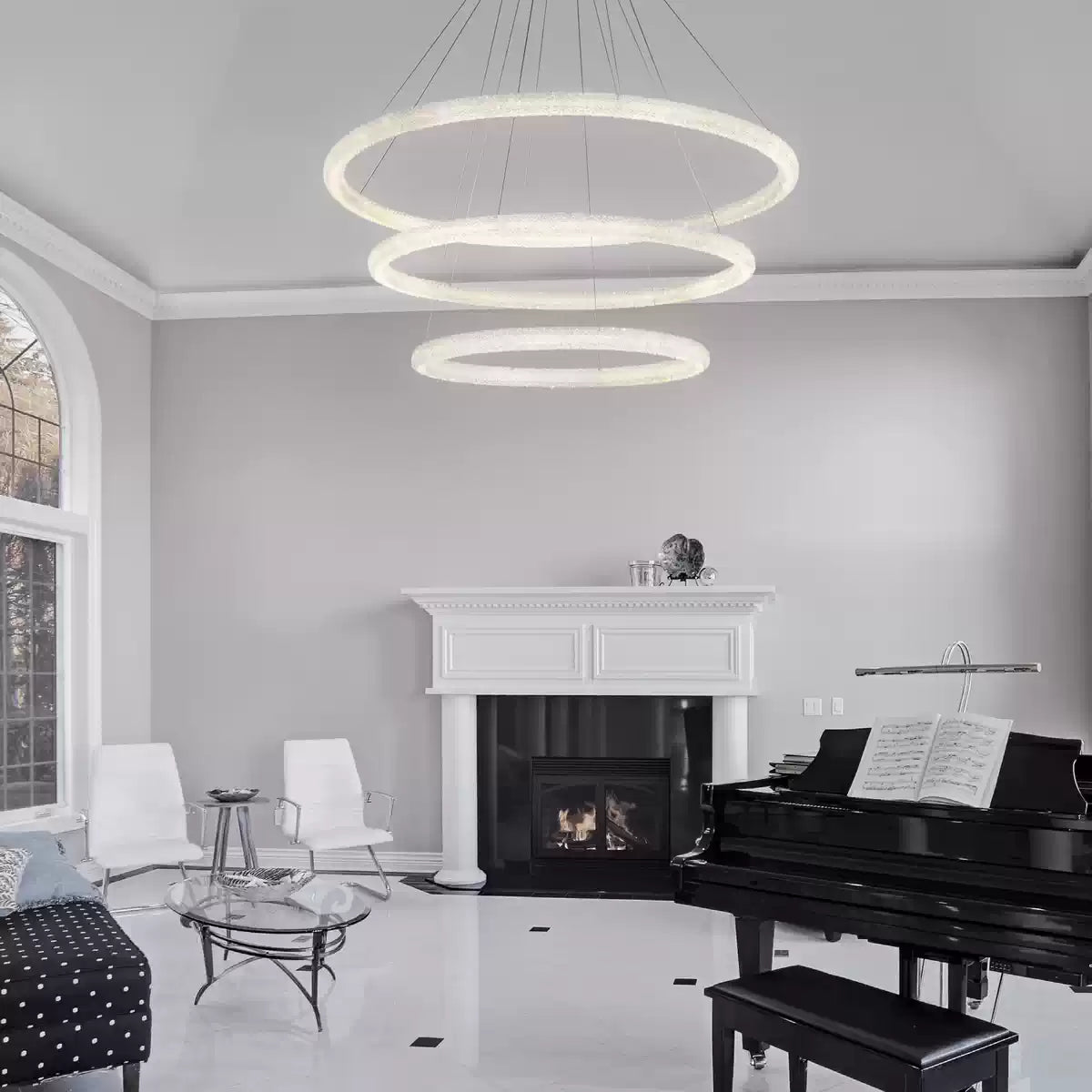
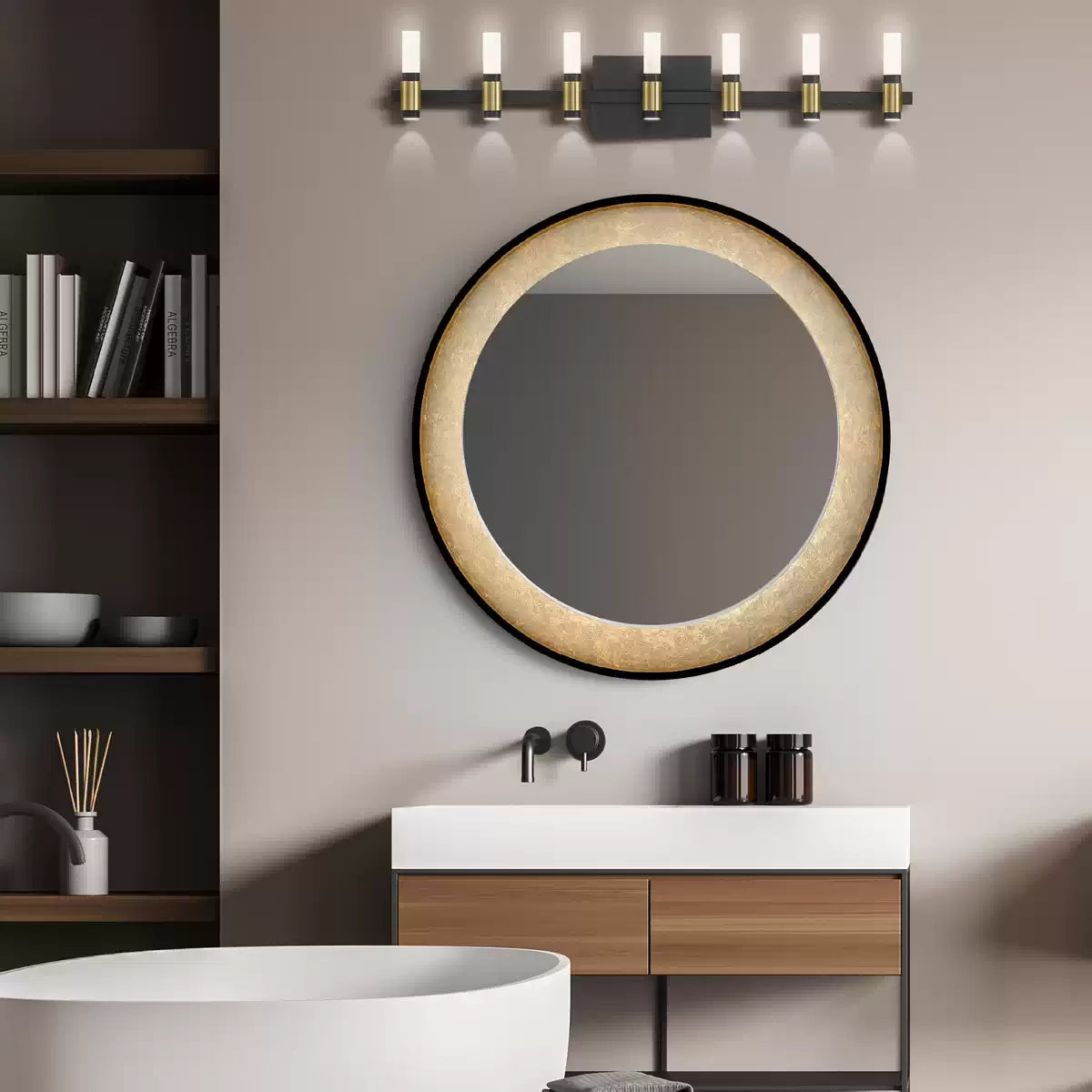
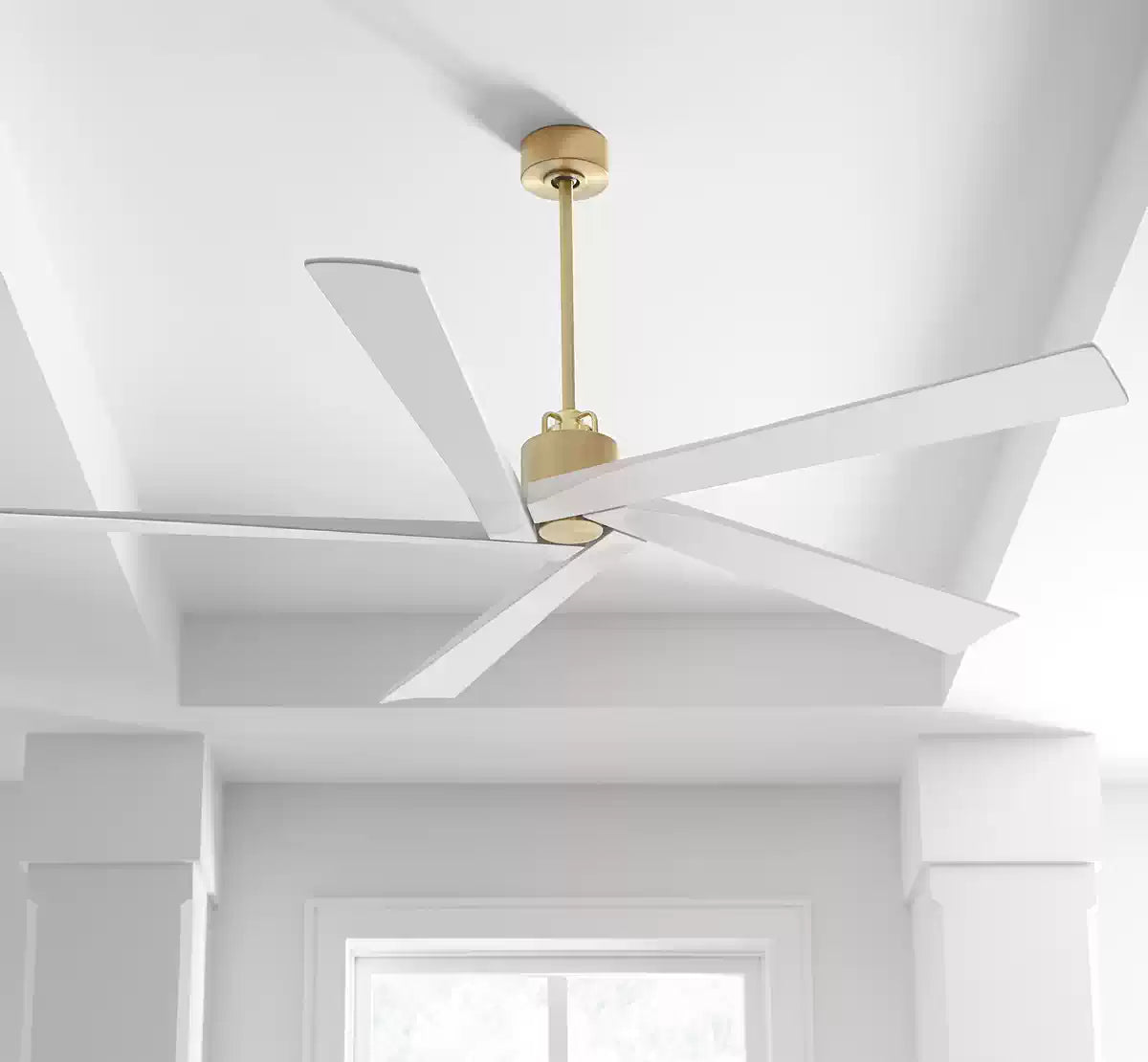
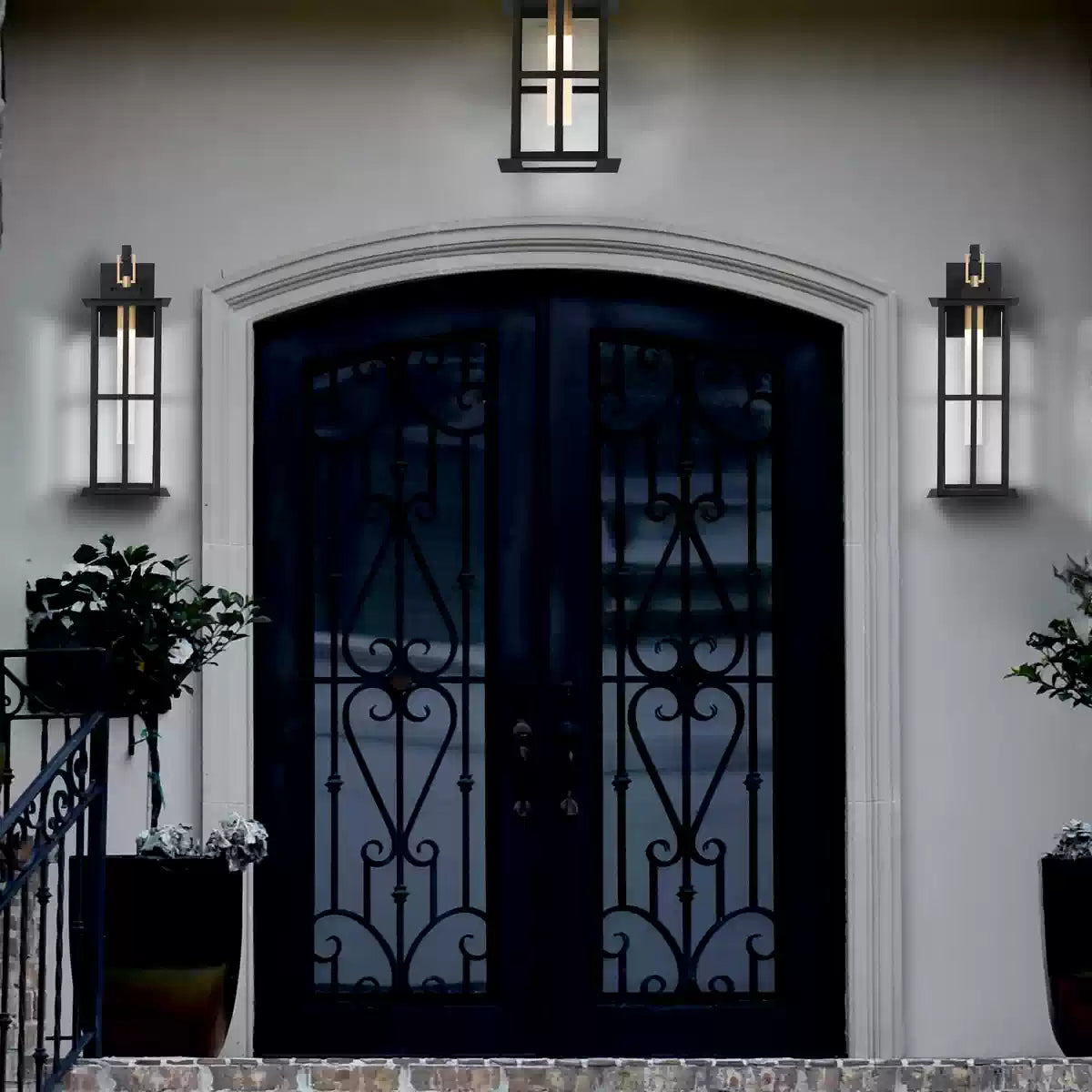
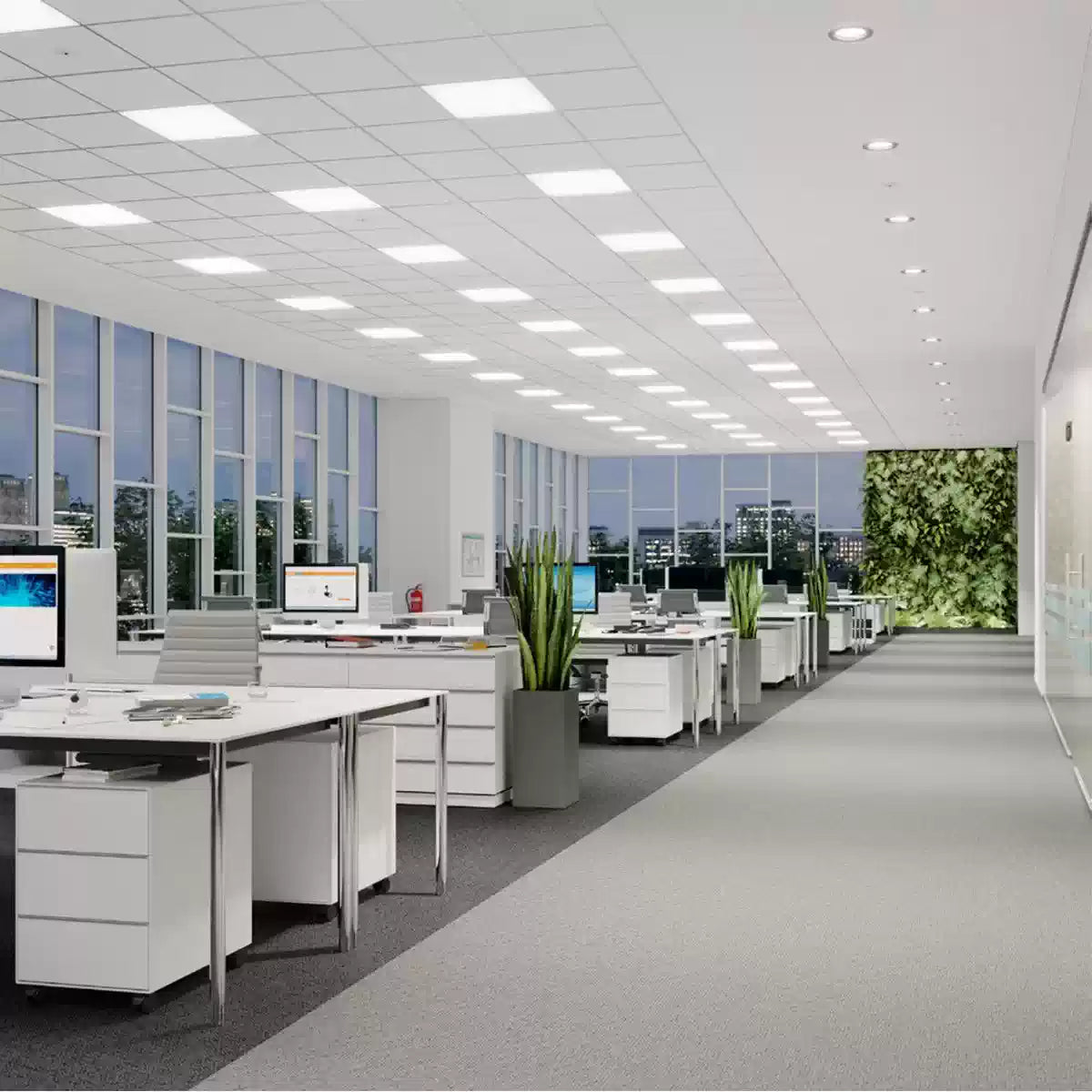
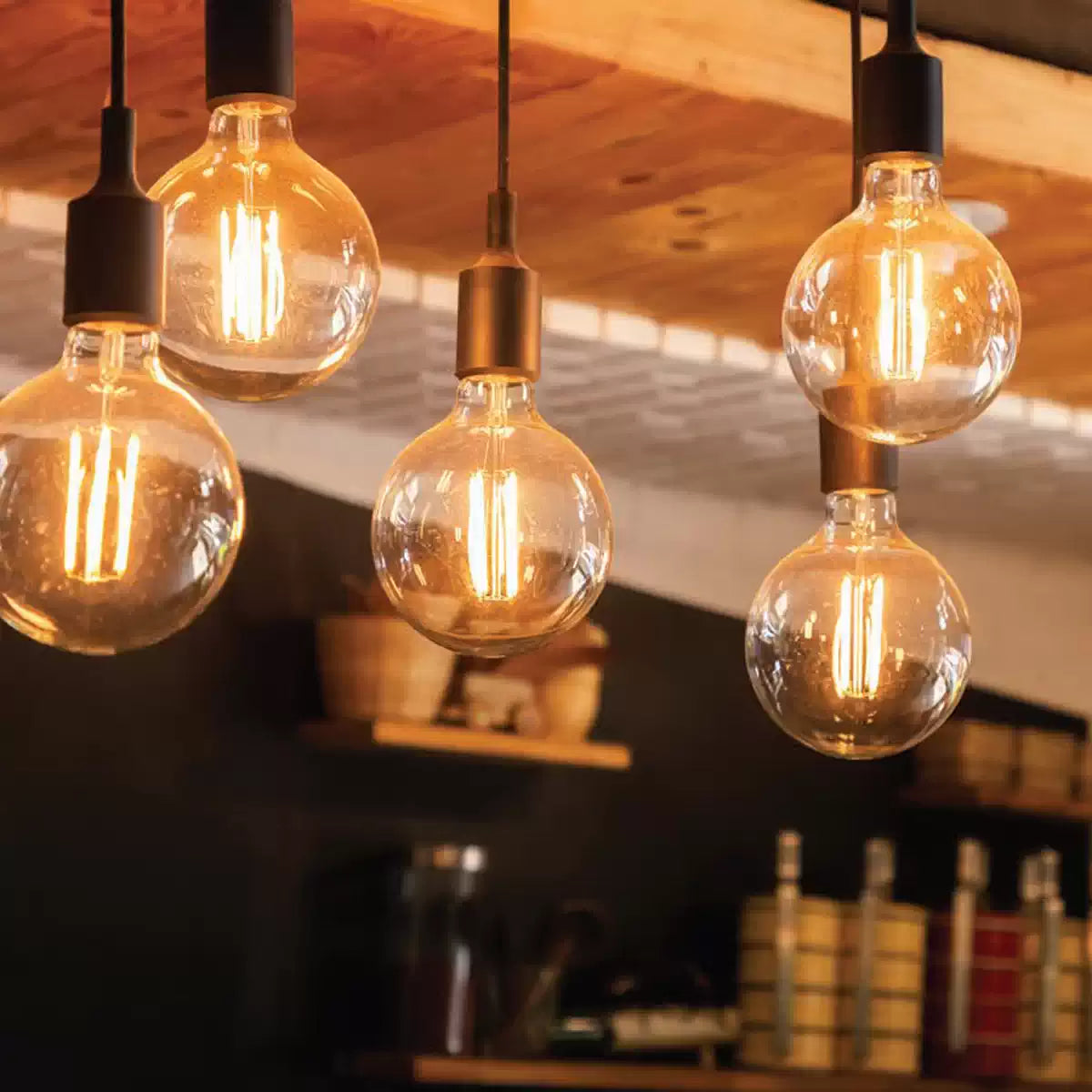


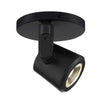





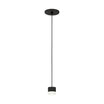
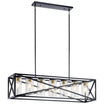


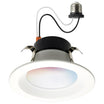



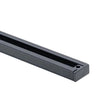
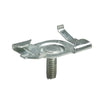




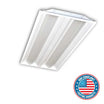









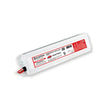
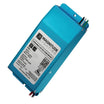
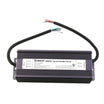

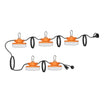


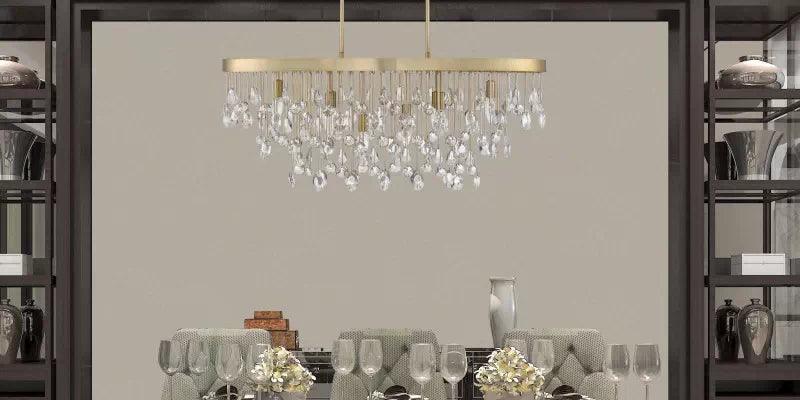
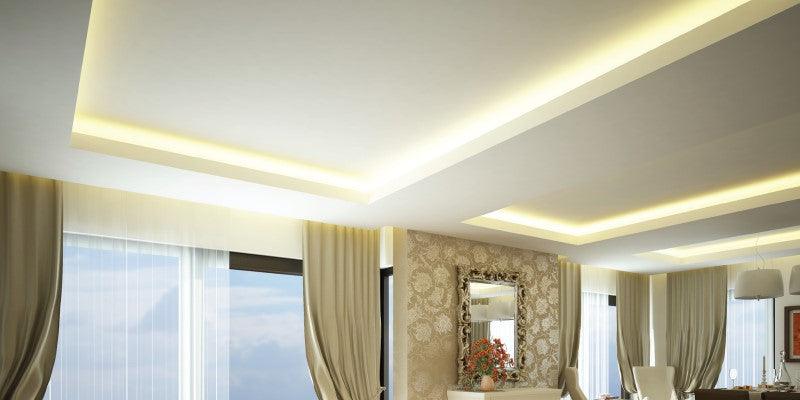
Leave a comment
All comments are moderated before being published.
This site is protected by hCaptcha and the hCaptcha Privacy Policy and Terms of Service apply.